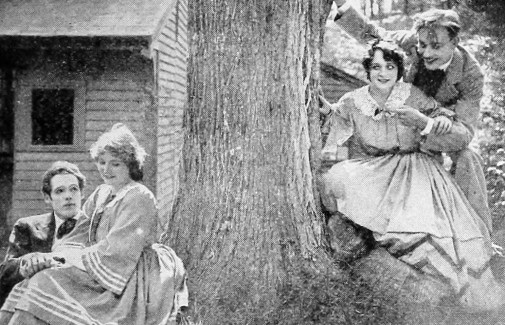 1919
1919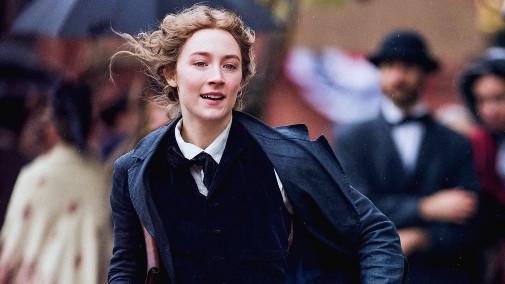 2019
2019
Since its original publication, Louisa May Alcott's Little Women has been one of the most beloved works of American Literature. Even beyond the US, Alcott's semiautobiographical novel has had a great impact, becoming many a young girl's beloved book for over a century. Considering such success, it's no wonder that the story of the four March sisters was quick to jump from the page to the big screen. The first cinematic adaptations way back in the silent era in 1917 and 1918.
Unfortunately, those two features have been lost, though we still have four widely available talkies based on the novel. Let's look at those four features after the jump...
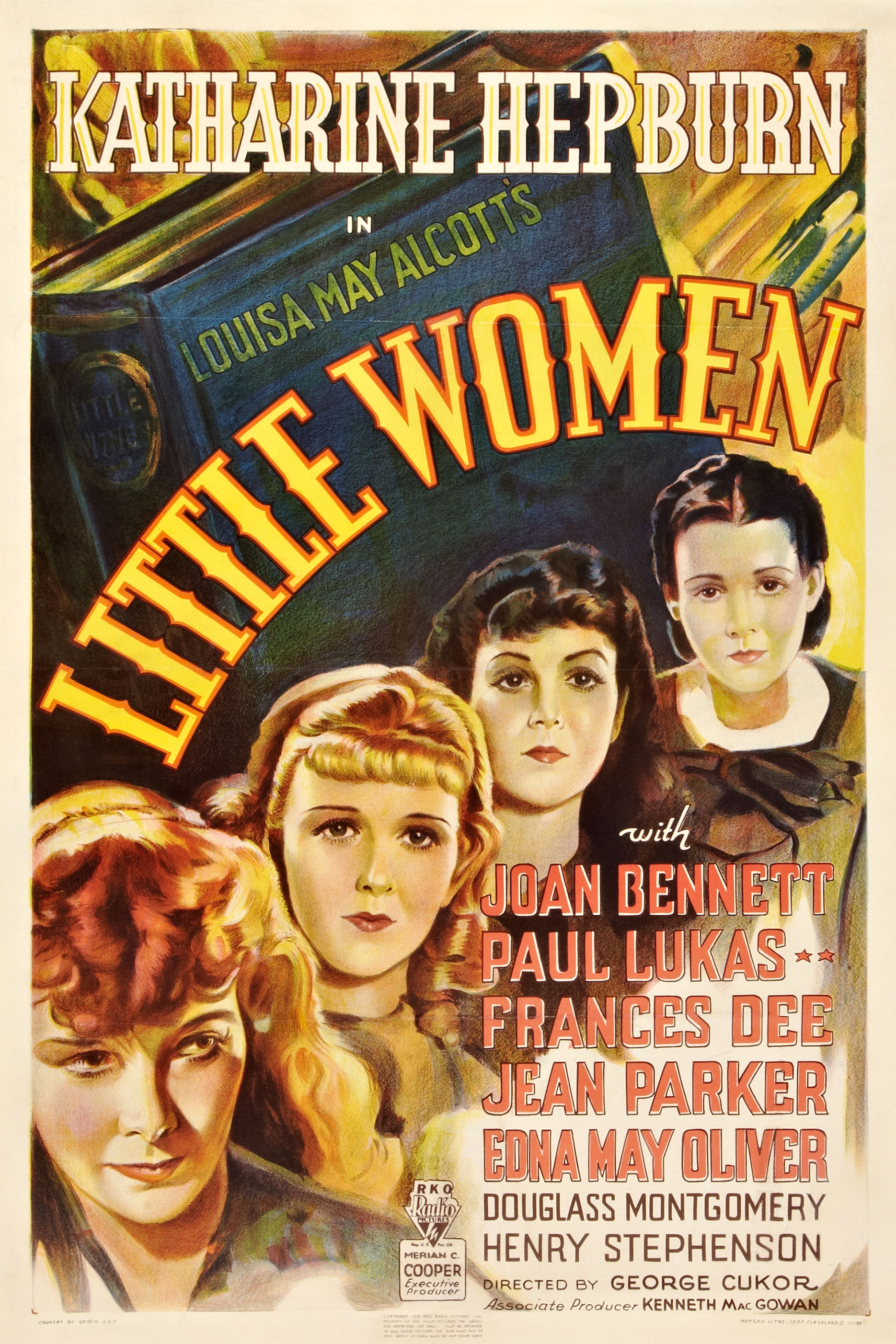 As with most frequently adapted titles or long-running franchises, the iterations of Little Women have as much to do with the source material as they have with the time of their making. George Cukor's 1933 film, for instance, was a Little Women for the economic misery of the Great Depression while Mervin LeRoy's 1949 movie was made in an America looking for prosperity after the war. When Gillian Armstrong directed her take on the story, it was a film infused with the girl-power spirit of the 1990s as well as a historically accurate aesthetic born out of the past decade's worth of Merchant/Ivory prestige hits.
As with most frequently adapted titles or long-running franchises, the iterations of Little Women have as much to do with the source material as they have with the time of their making. George Cukor's 1933 film, for instance, was a Little Women for the economic misery of the Great Depression while Mervin LeRoy's 1949 movie was made in an America looking for prosperity after the war. When Gillian Armstrong directed her take on the story, it was a film infused with the girl-power spirit of the 1990s as well as a historically accurate aesthetic born out of the past decade's worth of Merchant/Ivory prestige hits.
As for the 2019 Greta Gerwig film, it's a Little Women for the 21st century, a metatextual exploration of the narrative that willfully breaks the chronology of the novel and extends empathy to all four sisters. That last bit is especially interesting when comparing this adaptation to the ones that came before. The three previous Little Women focus on Jo March at an almost obsessive extent, making her such an attention-pulling protagonist that is near impossible to explore the lives of her sisters. In part because of that, the way each film and their actresses represent the character of Jo is a good barometer for its overall approach to the material.
Gerwig's Little Women is newly streaming on Amazon Prime, making this a good time to look back at the history of this famous character on the big screen. For brevity's sake, we'll leave off the TV versions and the anime adaptation, looking only at the four major Hollywood productions, starting with Cukor's movie in which Katharine Hepburn is Jo March.
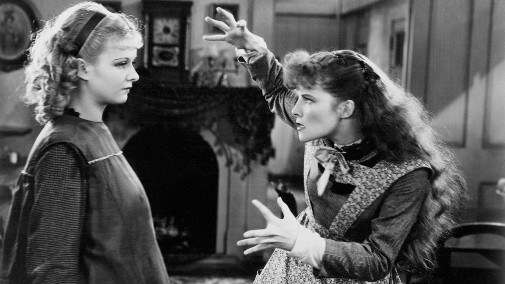
1933 Version
Little Women came at an interesting time in Katharine Hepburn's career. After strong notices for her work in 1932's A Bill for Divorcement, RKO was hellbent in making her their next big star. 1933's Morning Glory may have been the movie that earned the actress her first Oscar, but it was Little Women that cemented her stardom. The Cukor flick was nominated for the Best Picture Oscar and features one of the actress's best early works, making great use of her idiosyncrasies to create a solid characterization of Jo.
In this movie, she's a modern woman stuck in the mid 19th century, a girl that loves her sisters but whose person is spectacularly unsuited for the present societal conventions of girlhood. Hepburn's lanky physicality, her angular visage, and forceful voice were perfect for this Jo march of the 1930s. The film may not pay a lot of attention to the other March sisters, but Hepburn's performance suggests lifelong bonds of fraternal love. This take on the character is so influential that, many decades later, Disney animators looked at Hepburn's Jo March as inspiration for their conception of Beauty and the Beast's Belle.
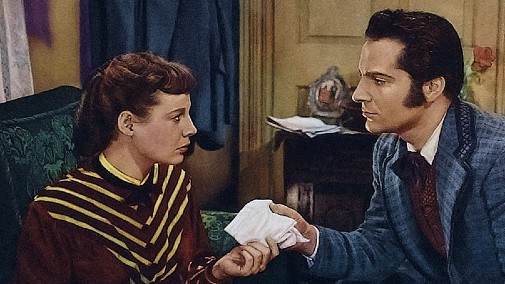
1949 Version
The second talkie version of Little Women is a very different affair. Instead of sober black and white emotional realism, Alcott's novel is transformed into a sugary sweet confection with dazzling Technicolor and lush costumes. The movie has its charms, including Mary Astor's noble Marmee and the delicious vanity of Elizabeth Taylor's Amy, but overall, it's the weakest of Hollywood's quartet of adaptations. It's no wonder, then, that it also features the most lackluster Jo March.
June Allyson's take on the character is as much an extension of her screen persona as Katharine Hepburn's portrayal was. The problem is that while the particularities of Hepburn were perfect for Jo, such is not the case for Allyson. The boyish enthusiasm of Jo is there, but her abrasiveness towards societal expectations seems more pointed than necessary. It also comes off as more artificial. The worst, though, is her total lack of chemistry with Peter Lawford's Laurie and how her sisterly interactions often come across as mean.
Apologies for the negativity, but it's difficult to appreciate Mervin LeRoy's movie when compared to the other adaptations.
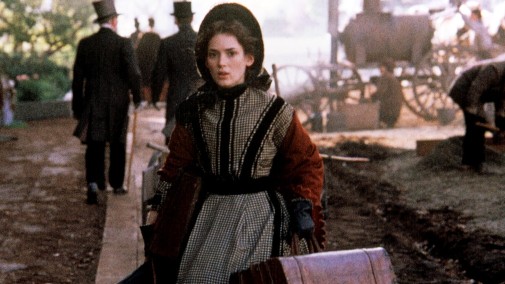
1994
Case in point, we have the Gillian Armstrong 1994 flick which is sheer perfection. This gorgeous version of the novel may be a Little Women for the 90s, but its narrative is always anchored in a sense of material realism. That said, the character of Jo still comes off as a necessarily anachronistic presence.
Like all the actresses that have played the character on the silver screen, Winona Ryder does little to suggest a 19th-century person, preferring to perform the famous literary heroine similarly to her other contemporaneous roles. Strangely enough, this works wonderfully, playing against the historical setting in a way that feels organic rather than forced upon the narrative. (Out of the 1994 Best Actress nominees, Ryder gets my vote for her work in Little Women.)
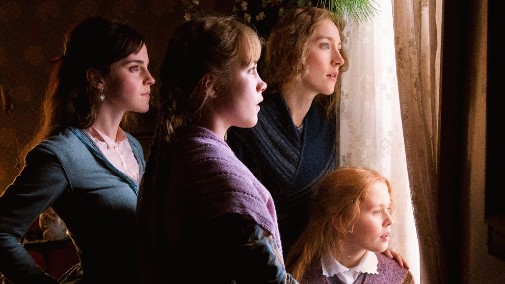
2019
A quarter of a century later, it was Greta Gerwig's turn to reinvent the material and she cast Saoirse Ronan as her Jo March. Unlike the 1994 Little Women where Jo was at odds with the period exactitude of her surroundings, Gerwig's protagonist exists in a cinematic world befitting her temperament, where every detail seems to sprout from the characters' emotional reality. For her part, Ronan follows her director's lead, moving as a 21st-century woman and portraying Jo as a mercurial artist above all else. Her chemistry with the rest of the cast is also particularly good, making for a Little Women where Jo may be the protagonist, but no single character steals the others' spotlight.

You can stream the new Little Women on Amazon Prime. The 1994 version is available on IMDB TV and the Amazon Showtime channel. The 1949 movie is on DirecTV. Finally, Cukor's adaptation with Katherine Hepburn is on FlixFling and also DirecTV. Out of these four, who was your favorite Jo March?